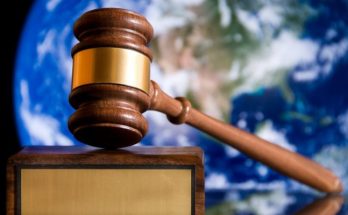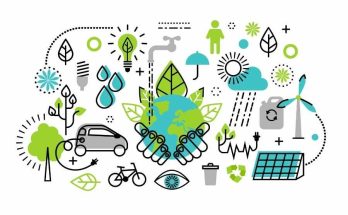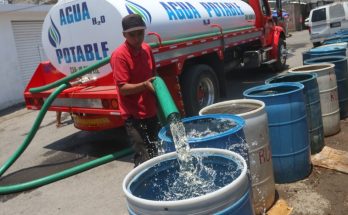By Alejandro Angulo
Last week I received a newly published and relevant book entitled «Technical and Operational Guide to Action for the Repair of Environmental Water Damage» from CONAGUA, which rigorously addresses the bases of action to determine the damage caused to water resources, the quality of water, its ecosystems, and associated hydrological environmental services. And that is closely related to human rights, with a focus on access, disposal, and sanitation of water.
The publication of this guide assumes the proposal of a methodology to (a) identify damage to water resources and (b) proceed with their respective repair.
Consider that damage to the environment is defined, in accordance with the Environmental Responsibility Law, as loss, change, deterioration, impairment, affectation, or modification to habitats, ecosystems, natural elements and resources; chemical, physical, or biological conditions; to interactive relationships and environmental services.
In particular, the guide emphasizes that environmental water damage encompasses the decrease or alteration of hydrological environmental services, which are defined (according to the Millennium Ecosystem Assessment, 2005) as those of provision, regulation, and culture/recreation.
The guide raises two figures, namely, compensation (which can be economic or non-economic), and repair, under three scenarios: remediation, restoration, and rehabilitation. This is also framed, as we had already stated in previous articles, within the concept of negative environmental externalities: cumulative, synergistic, and residual; and this is because water resources imply a set of interactions and complexities, but in particular, the Water Environmental Services are of the utmost importance, since they provide us with several substantial benefits.
However, for the characterization of the damage, the following will be taken into account: the causative agent, the water resource, and the water environmental services affected.
From the above, there may be a series of combinations, which leads us to consider the concept of environmental water superposition, since according to the types of causative agent (physical, biological, or chemical), the different water resources (groundwater, water surface, or receiving body), and the types of environmental services (provision, regulation, or cultural/recreational), combinations will be derived, which in turn, overlaps with other types of water damage, which take into account the temporality and its location.
In one of the tables in the book, where the water environmental services are set forth, in the column of environmental services of the provision category, the infiltration, retention, and storage of water in the soil, estuaries, and aquifers, which are of important importance, are listed in urban contexts, since it leads us to the issues of aquifer recharge (deficit or surplus), or to the negative externality of floods or the survival of biodiversity.
In an urban context, where development poses challenges for water resources, it is relevant to understand that all of this is connected to urban law, since, for example, in a project (residential, commercial, road, or industrial development), whether private or public, the Soil Absorption Coefficient (CAS) must be taken into account, which is the percentage of surface that must be left free and for vegetation. But the runoff coefficient should also become a criterion—which for land without construction is estimated at 30%, and for land with construction, it is of the order of 80%; therefore, 50% should be established as a standard—because it would not be enough to establish a reduced percentage of soil absorption coefficient without also incorporating environmental criteria in the construction, such as a pavement that allows the infiltration of water. This case that we raise is indicative of possible environmental water damage, in terms of reducing infiltration to recharge the aquifer or, on the other hand, the risk of causing flooding.
To this extent, the guide is an advance, both methodologically, as well as technically and legally, for the present time, when challenges faced are different from those of the past and concern the alteration, modification, reduction, or elimination of substantial water environmental services on which the urban citizens depend.
It would help a lot if the main cities had a baseline of their water environmental services, mainly infiltration or, conversely, the avoidance of runoff, in order to have data for the repair of environmental water damage and even its economic valuation, if compensation is more relevant than rehabilitation.
The publication, in its last chapters, proposes the application of corrective and compensation measures. As for the latter, the document indicates, the compensation measures will consist of actions carried out by the persons responsible and must generate an environmental improvement that replaces the total or partial repair of the environmental damage caused. It must be equivalent to the adverse effects caused by the damage.
Finally, the guide for the repair of environmental water damage is, without a doubt, a good contribution, which will surely be enriched through public discussion and application exercises, and even its implementation by relevant bodies.




